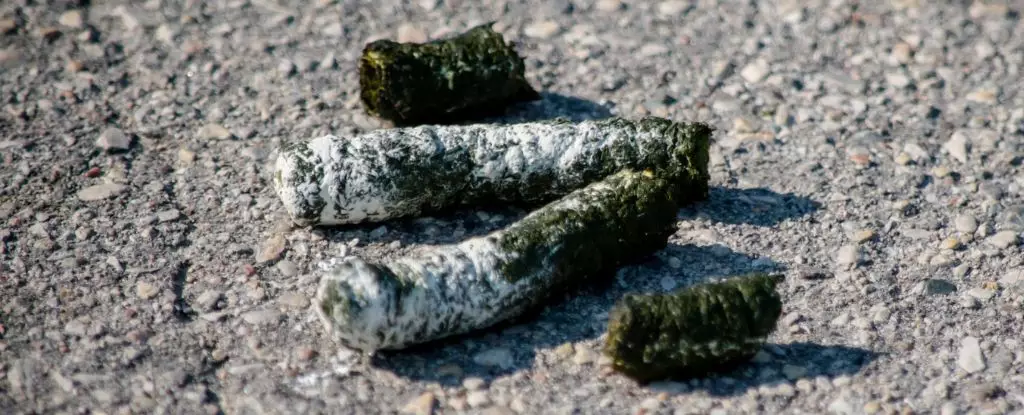In an age where scientific research often seems distant from the average person, a recent initiative in a Chicago middle school turns this notion on its head. By embracing the unconventional—and somewhat messy—approach of studying goose droppings, students not only engage in hands-on science but also become part of an important quest in the pharmaceutical landscape: finding new antibiotic compounds. This article explores how such unique educational undertakings can inspire a new generation of scientists while highlighting the significance of their findings in the fight against antibiotic resistance.
The narrative begins with an enterprising student who brought goose feces to their science club, ultimately leading to groundbreaking findings with researchers from the University of Illinois accompanying them on this scientific journey. Initially, the student intentionally sought to explore local ecology and biology by harvesting samples from their neighborhood—a key part of the educational outreach program, which aimed to spark interest in careers within the scientific community. This shows how curiosity can transform everyday encounters with nature into meaningful scientific exploration.
The act of isolating a bacterium, namely Pseudomonas idahonensis, from goose droppings serves as a testament to the creativity and daring spirit of these young scientists. Rather than encountering contamination—an inherent risk of handling such materials—this initiative yielded a promising biological agent. The keen focus on safe laboratory practices ensured that while the students dealt with potentially dangerous pathogens, they also learned the importance of meticulousness and safety in scientific endeavors.
Once in the lab, the isolated bacterium began to reveal its strengths. Researchers discovered that it could inhibit the growth of harmful gram-positive bacteria responsible for skin infections, showcasing its potential as a new antibiotic agent. This is crucial news in a world where antibiotic resistance is increasingly becoming a grave concern. The role that youthful curiosity played in uncovering this discovery is a reminder that significant advances can stem from the most unexpected sources.
Adding to the intrigue, the bacterium was found to produce a novel compound, orfamide N, which exhibited cancer-fighting properties. This discovery aligns with prior research that recognizes the therapeutic nature of previously identified orfamides. Thus, the middle schooler’s contribution has potential implications that reach far beyond mere academic achievement, potentially paving the way for cancer therapies that could save countless lives in the future.
The persistent decline in antibiotic discovery since the mid-1950s poses a serious challenge to public health. With antibiotic-resistant bacteria on the rise, the need for innovative solutions has never been more pressing. In this context, the collaboration between students and seasoned researchers demonstrates how younger generations can contribute effectively to the pursuit of new medical breakthroughs. By engaging students in environmental research, educators are not only nurturing interest in science but also equipping students with the skills and knowledge to fight future health crises.
Despite the potential of the findings, the reality remains that the journey from discovery to a viable medical product is fraught with challenges. While the excitement of finding one active compound among 14 environmental samples is commendable, it highlights the complexity of drug development and the importance of persistence in research. Each step taken is a step closer, though, and optimism in scientific discovery is necessary for progress.
As the story of these Chicago middle schoolers illustrates, significant scientific discoveries can arise from the most unlikely scenarios. Their excitement and willingness to embrace the unconventional could inspire future researchers to pursue science in bold, innovative ways. While challenges remain in antibiotic development and cancer treatment, this initiative exemplifies hope in both education and the potential medicinal power of nature. Encouraging youths to engage with their environment can lead to unexpected and awe-inspiring revelations, echoing the age-old adage that necessity is the mother of invention. With enthusiasm and guidance, who knows what the next generation might discover?


Leave a Reply